Prosthodontic Procedures

Crowns
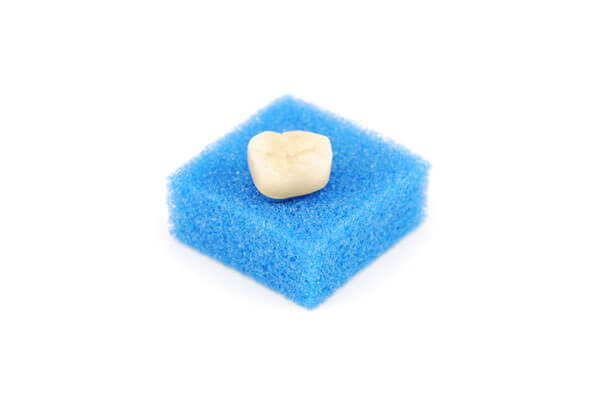
A crown is a dental restoration that completely covers the outside of a severely decayed tooth. Dental crowns can be completed in two visits. During the first visit, the tooth is prepped (shaved down) and an impression is taken. A temporary crown is placed while the permanent crown is being made. During the second visit, the permanent crown is fitted comfortably and then cemented into place for a permanent restoration.
Bridges
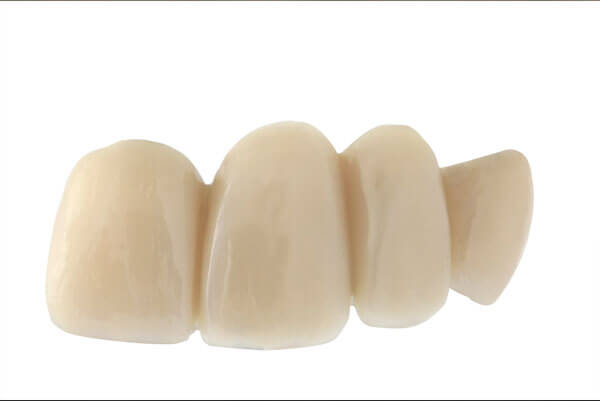
A bridge replaces missing teeth without the use of a denture or dental implant. A false tooth is held in place by being attached to a neighboring tooth. In order to fabricate a bridge a crown(s) is made for the teeth on either side of the space and a false tooth is placed in between the crowns, as a support.
Veneers
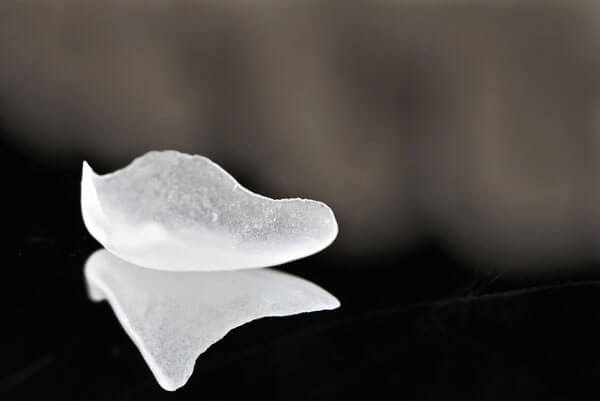
Porcelain veneers are thin pieces of porcelain used to recreate the natural look of teeth. To place a veneer, a very small amount of the original tooth enamel must be removed. Afterwards, an adhesive layer is placed between the slightly prepped tooth and the veneer. The veneer is then hardened with a curing light.
Dental Implant Surgery and Restorations
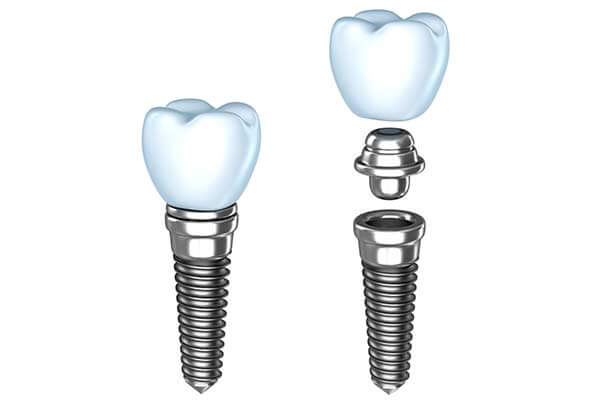
Dental implants are used to replace tooth roots. Implants provide a strong foundation for fixed or removable replacement teeth. Dental implants are small anchors made of biocompatible metal, called titanium, placed in the jawbone. The anchors begin to fuse with the bone over a few months. After the fusing process, known as osseointegration, abutment posts are inserted into the anchors to allow for the attachment of the replacement teeth. To fabricate the replacement teeth, an impression is taken and a model of the bite is created. The replacement teeth are based on this model. Replacement teeth can either be crowns, bridges or dentures.
Dentures
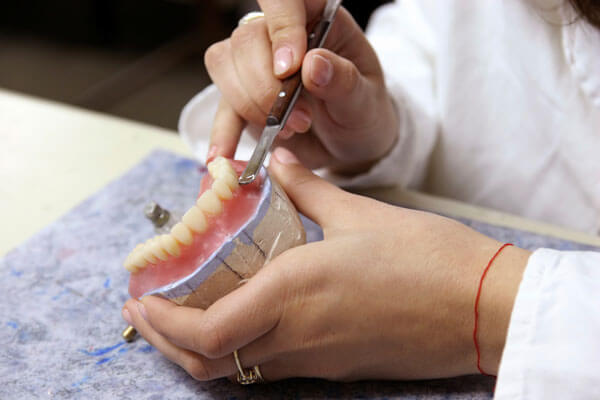
A denture is a removable replacement for missing teeth. There are two types of dentures, complete (full) and partial dentures.
Complete (Full) Dentures are made after all the teeth in the mouth have been removed and the gum tissue has healed. The denture includes an acrylic base that is custom made in the dental laboratory and are made to look like natural gums, which sits over the gums or can be anchored to dental implants.
Partial Dentures are made only when a few teeth need to be replaced. The partial denture either attaches to crowns on either side of the denture or to a metal framework that is attached to the teeth on both sides of the partial denture. Partial dentures can be removable or they can be anchored in place by attaching them to dental implants.
Sinus Bone Grafting and Ridge Augmentation
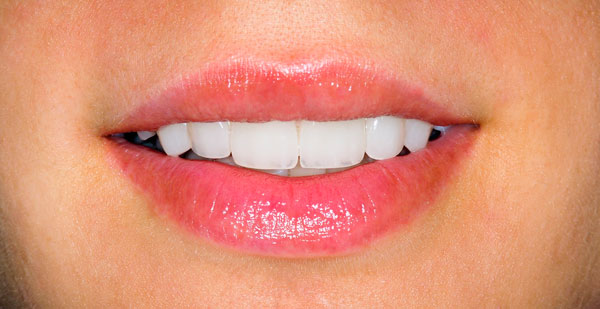
Sinus Bone Grafting adds bone to your upper jaw in the premolar and molar areas of your mouth. To add bone, an incision is made where the premolar and molar teeth were previously located. Once the bone is exposed, a small circular shape is made in the bone to access the sinus. Once the sinus is accessed, the sinus membrane is gently pushed up and away from the upper jaw. Once this is done, bone graft material is placed into the sinus space to change the shape and provide support. Once the bone is in place, the incision is closed and the healing process begins.
Adequate bone volume of the jawbone is necessary for the secure placement, stability, function, aesthetics and longevity of implants. Because tooth loss can result in diminished bone volume in the jawbone, a bone expansion procedure may be necessary prior to implant placement. This procedure can increase the height and/or width of the jaw ridge through the use of mechanical manipulation combined with a bone graft. Ridge Augmentation takes several months to mature and be sufficiently strong for the placement of implants. Ridge Augmentation not only improves the function of implants, but is also a key contributor to the enhanced aesthetics, filling in the face around the gums and jaw and thus minimizing the appearance of aging.
Bone Regeneration
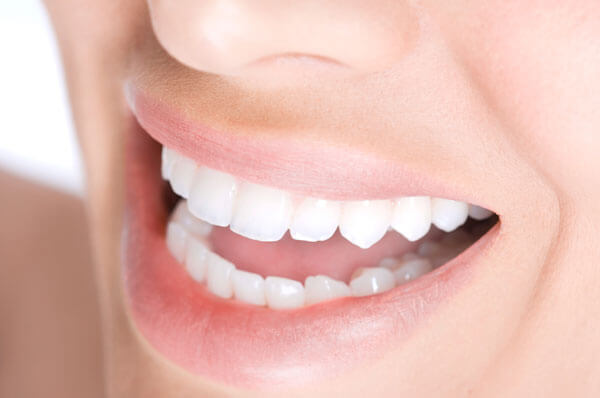
Bone regeneration is a surgical procedure that regenerates jaw bone and surrounding tissue. This procedure is often performed to protect your existing teeth and the tissues that keep them in place from bacterial plaque. The gingival tissue is folded back to remove the disease-causing bacteria. Membranes, bone grafts or tissue-stimulating proteins can be used to encourage the body’s natural ability to regenerate bone and tissue.
